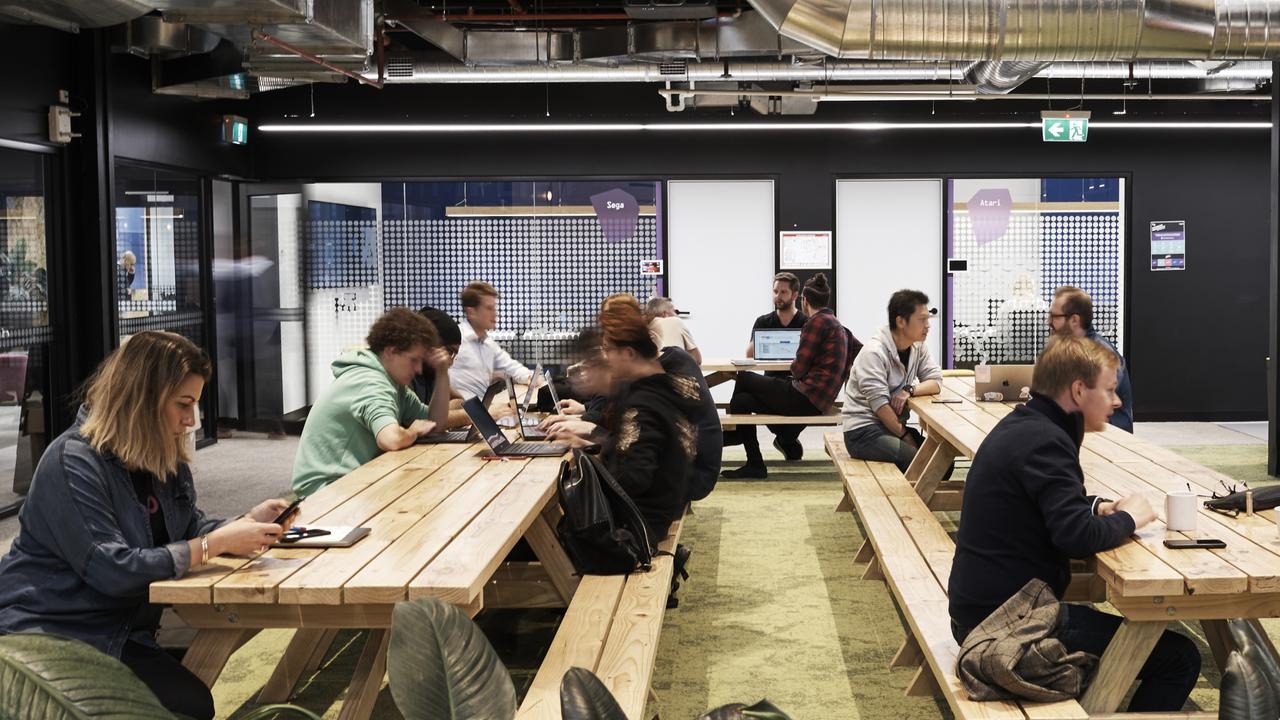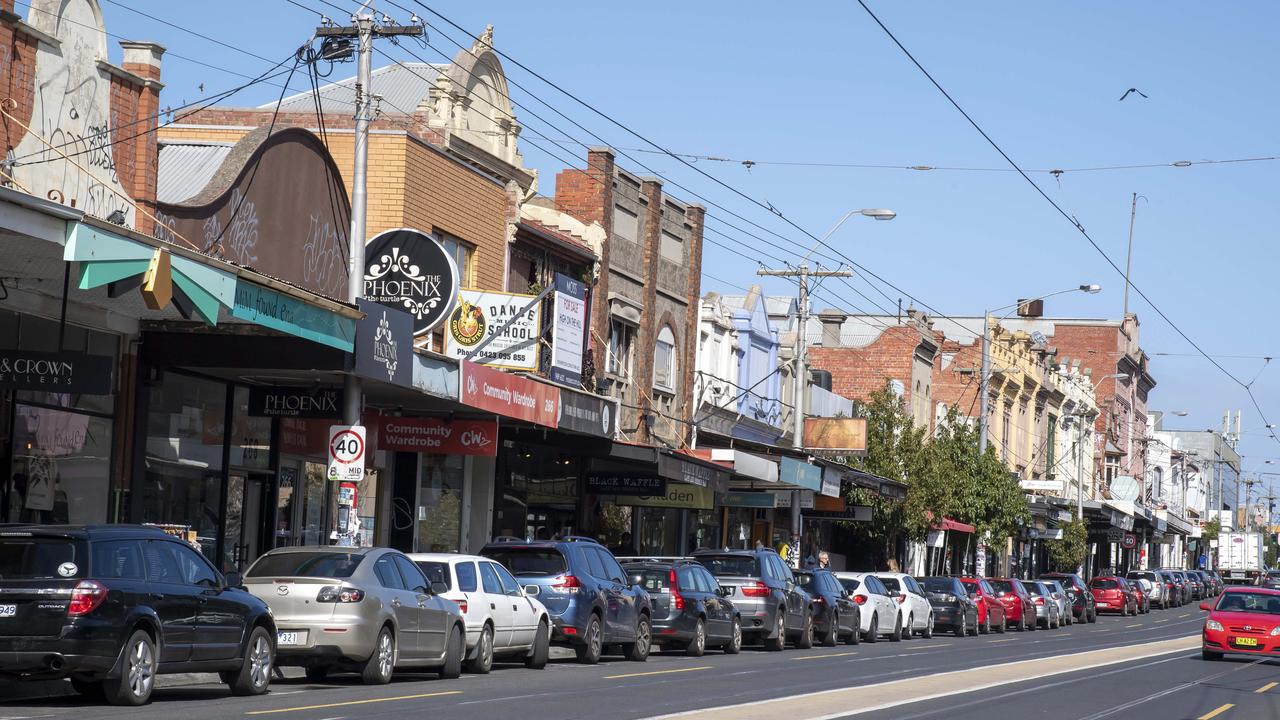Most Melbourne roads to be digitally connected within 10 years to warn of crashes, cut travel time
WITHIN a decade, under-bitumen technology in Melbourne will inform drivers of crashes and parking spots, and adjust traffic lights to bring trams and buses back on schedule.
Future Victoria
Don't miss out on the headlines from Future Victoria. Followed categories will be added to My News.
BENEATH the bitumen of Melbourne’s streets, a network of digital sensors is paving the way for a transport revolution that will change the way Victorians move.
The state’s best minds in the public and private sector are at the forefront of a global push to build a smart transport system that communicates with itself at all times, with much of our road network to be digitally connected within the next 10 years.
Under this system motorists would be warned of crashes seconds after they happen, GPS journey guides would be tailor-made to cut down travel times, and traffic lights would adjust automatically to bring trams and buses back on schedule.
MORE FUTURE MELBOURNE:
Rail loop, robot trains, options for East Werribee ‘super city’
How your suburb rates for living, working and playing
Push for $30bn ‘super city’ in Melbourne’s west
How to transform the west into the best
Researchers are also developing intelligent systems that can guide cars to the nearest available parking spot.
Freeways already have sensors beneath the roads that manage traffic flows to minimise nose-to-tail crashes.
These projects are being spearheaded by an unprecedented level of collaboration, with companies such as Transurban and the RACV working with governments and researchers.
VicRoads journey services director Sameem Moslih said Melbourne was on track to develop a digital traffic system that could make complex decisions instantly and cut travel times.
“A self-learning system that is able to mimic what the experts do is where we want to be in the future,” he said.
“We know these are the things the industry is looking at … we need to be ahead of every other city in the world with this technology if we want to remain the most liveable.
“A system that kicks in itself and provides detours could be a reality in the next five or 10 years.
“It is about understanding how people are negotiating the network … ideally we want to get to a point where we can predict the operation of traffic and what will happen 10 minutes ahead of time.”
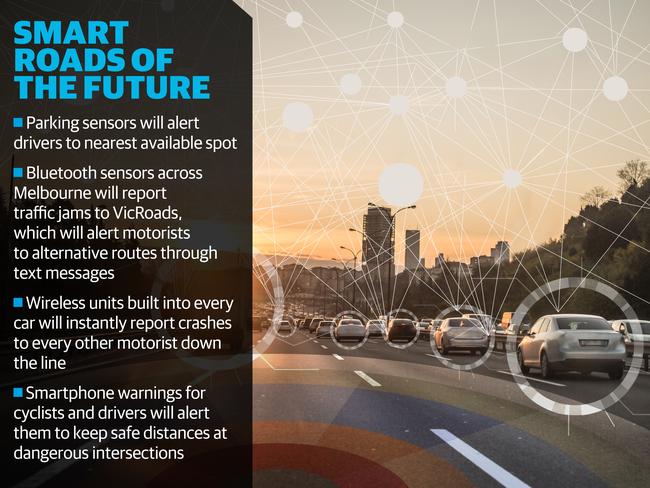
There are about 14.3 million trips across Melbourne’s transport network every day, with 3.4 million daily trips expected to be added to that total over the next decade.
Mr Moslih said there were now Bluetooth sensors measuring the flow of cars at almost every key intersection or signal site in Melbourne.
“When demand gets to a certain level, the system doesn’t yet have the smarts to fine-tune and balance the network. But these are the things we’re exploring,” he said.
“(For example) Every ramp in our managed motorway network now communicates with every other ramp in that network. Every ramp has about 400 factors it considers before a vehicle can pass through.
“Now we are looking at a fully contained motorway system that puts vehicles into flowing streams of traffic and lowers the number of crashes and incidents. We’re also trialling technologies where our buses and trams talk to the signals ahead of them, asking to hold a green light if they’re running late.”
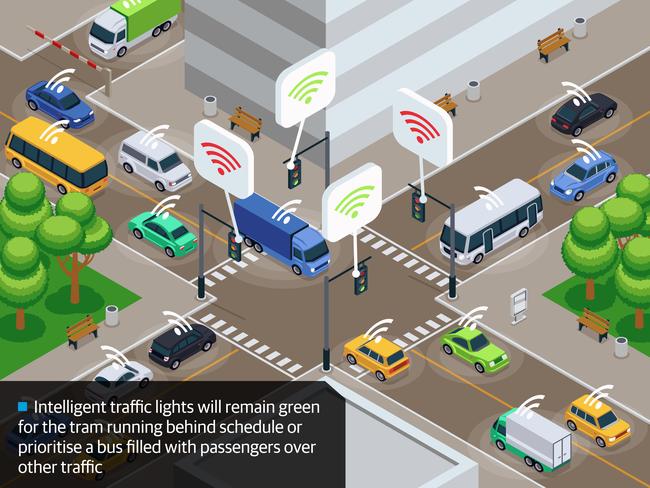
At the University of Melbourne, Professor Majid Sarvi is leading a world-first project to build a digital network of phones, sensors, cameras and other technologies across Melbourne’s inner city.
“We’re bringing the future of what transport systems should look like to the present,” he said.
“A decade ago phones were not as smart as they are now, and we’re trying to connect them with all the other technology available into what we call an Australian Integrated Multimodal Ecosystem.
Arguably this is the first and largest connected airborne environment in the world … we essentially have to build a backbone that hasn’t existed on this scale before.
“One of the applications you can build on top of this is one that communicates to cars when passengers and cyclists are still crossing an intersection as you come around the corner.
“If one car breaks abruptly and an accident occurs this could be relayed back to other vehicles all the way down the line ... or a bus with 20 passengers could be prioritised over a tram with two passengers.
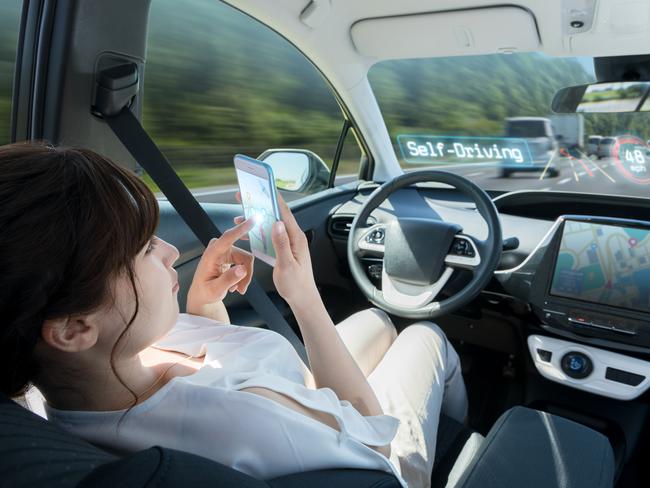
“These are all things that are usually not possible. A lot of what we’re trying now will become normal practice in a decade.
“Autonomous cars are another element of this chain … this connectivity is something we set up today and get the benefits later when driverless cars are popular.”.
Roads Minister Luke Donnellan said Victoria was leading the nation in paving the way for a driverless future.
“We’ve just passed new laws that will make Victoria an even more attractive place for researchers and industry to invest in testing and development of automated driving technology,” he said.
“This technology is at the cutting edge of what’s possible and we’re exploring more developments in this area.”
Transurban is testing driverless technology on its CityLink corridor in a partnership between VicRoads, the RACV and the state government.
Transurban group strategy chief Wes Ballantine said of driverless cars: “Automated vehicle technology is moving at a rapid pace, and we want to ensure our roads and the community are ready.”

